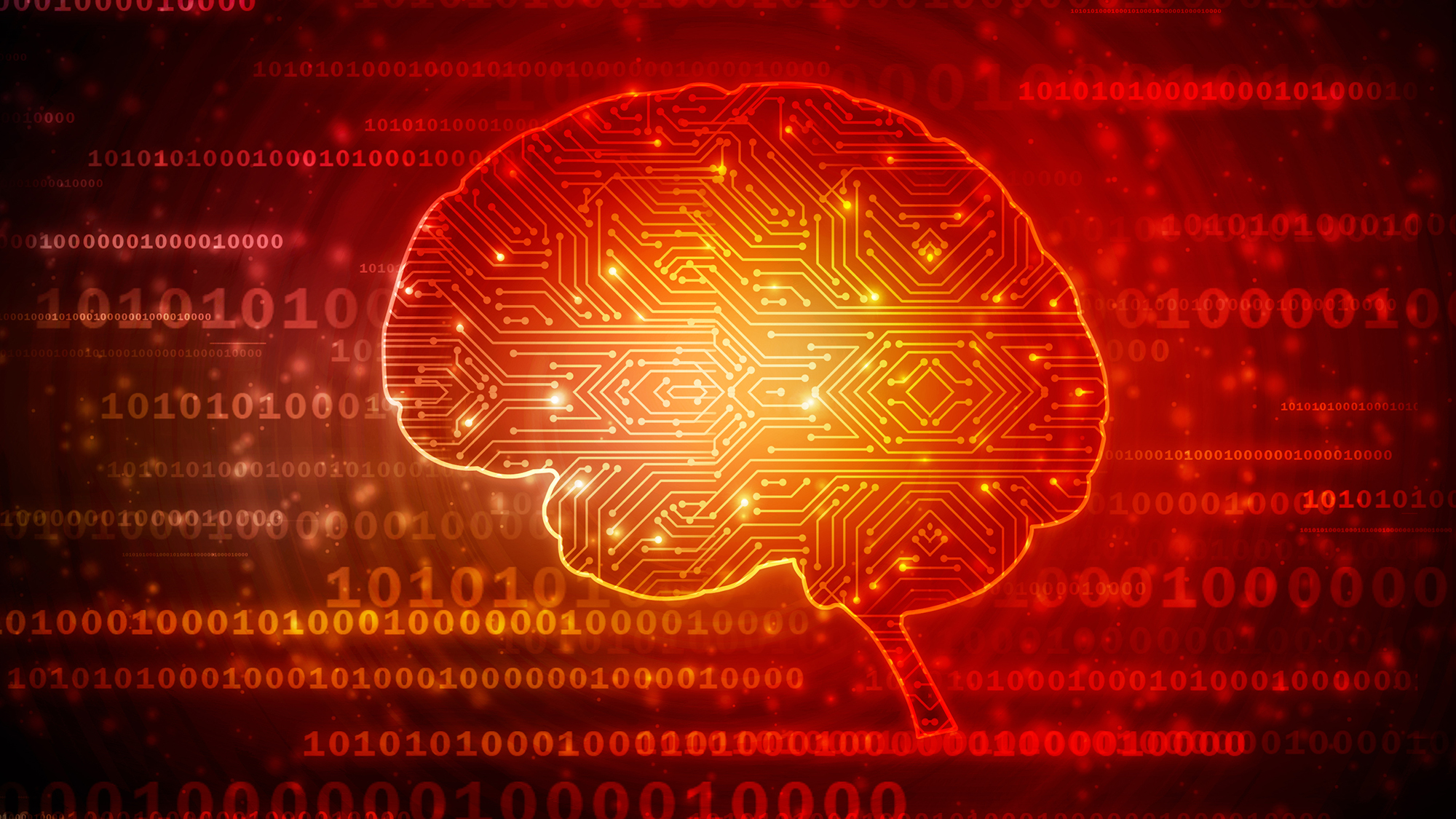Should we be worried about self-learning malware?
Some analysts predict self-learning malware will cause a major security breach by 2024, but not everyone agrees


Could we be just a few years away from self-learning malware being a credible threat to businesses? According to CCS Insight, the answer is yes. In its predictions for 2021 and beyond, the analyst firm forecast that self-learning malware will cause a major security breach on or before 2024.
Self-learning, adaptive malware isn’t something new, but to date has been largely confined to lab environments and hackathons. Some of the earliest examples of self-propagating malware were able to ‘learn’ about their environment.
For example, the Morris Worm of 1988 learnt of other computers to compromise from the systems that it infected, notes Martin Lee, a member of the Institution of Engineering and Technology’s (IET) Cybersecurity and Safety Committee and a Cisco employee.
“It was also aware if it was re-infecting a system that had already been infected, and would refuse to run, most of the time, if it learnt another copy of itself was already present.”
“In more recent years we’ve seen malware such as Olympic Destroyer discover the usernames and passwords on a system and append these to its own source code in order to increase the efficiency of subsequent attempts to compromise systems,” he continues. “By adding its own source code as it jumps between systems, it can be thought of as memorising credentials to help in its own success.”
The difference between automation and evolution
Anna Chung, a principal researcher at Unit 42 – Palo Alto Network’s global threat intelligence team – notes that it’s important to highlight the differences between automated hacking tools and AI or self-learning malware, however. “There are many automated hacking tools in the world. Their function is to execute specific and repetitive tasks based on pre-set rules, but they cannot evolve by themselves.”
“Most threats are controlled and guided by actors based on what information is gleaned and relayed to them. There is little evidence that malware is ‘self-learning’,” adds her colleague Alex Hinchliffe, threat intelligence analyst.
Sign up today and you will receive a free copy of our Future Focus 2025 report - the leading guidance on AI, cybersecurity and other IT challenges as per 700+ senior executives
He says the closest thing Unit 42’s seen to this concept was Stuxnet; not from an AI point of view, but from an autonomous software perspective. “It didn’t self-learn, there was plenty of intel that went into the software development so the malware ‘knew’ what to do. But still, it succeeded in its mission with no remote control from actors to lead and push the malware to the right places and to do the right things.”
Is self-learning malware inevitable?
Nick McQuire, SVP of enterprise research at CCS Insight believes we’re currently at the very early development phases of self-learning malware, and that most of the work undertaken has been in research domains, particularly security researchers and in defence environments. He says the goal is to develop technology that can thwart existing AI-based defence environments. “These adversarial systems are trained to harden existing security technology in order to continually improve cyber security.”
It’s becoming increasingly common to build adversarial networks for testing purposes, says CCS Insight, which predicts that self-learning malware will leave the labs by 2023 and become capable of beating the best defence systems. But is this prediction truly inevitable?
“In our view yes, because the ability of technologists to develop sophisticated applications using machine learning (ML) is improving and the barriers to entry for building AI are rapidly coming down,” McQuire says.
He adds that the high availability of open source tools and datasets will also contribute to this trend in the coming years.
“This will mean that existing AI-based cyber security environments will have to continually improve and receive investment from enterprises over the next five years where we see this trend taking hold. In the context of cyber security, the future will certainly be machines pitted against machines without a doubt, in a constant cycle of upmanship.”
Keeping it simple
Many technology experts question this view, however. This is because, for the vast majority of cases, attackers don’t need to invest in sophisticated AI technology – they’re able to compromise systems using tried and testing techniques.
Like any commercial activity, malware writers seek to maximise their return on investment, and at the moment there’s little incentive for attackers to invest in sophisticated AI technology. This is because it’s cheaper, and easier, to trick users into divulging their password or installing malicious software.
“It’s not impossible, but is it really required? The bar to entry for most breaches is so low. Why would you need something so sophisticated,” asks Hinchliffe.
“While security vendors and researchers are constantly challenging each other to advance their AI-enabled defence systems, attackers don’t have a strong reason to invest heavy financial resources or the time needed to train ML because simple techniques such as phishing and social engineering still have fairly high success rates when it comes to hacking,” adds Chung.
Lee thinks it’s more likely that malicious AI will advance in the development of social engineering. “By automatically collecting information about a target from a variety of sources, malicious AI may be able to craft a convincing message that will increase the likelihood that a victim will disclose their username and credentials, or install malware manually. When it comes to security, the weakest link is frequently human.”
Another reason that self-learning malware is unlikely to become a big threat is because adding AI functionality could actually make malware easier to detect.
As the source code gets bigger due to the additional functionality, there are more indicators that belie the nature of the malware and make it easier for defenders to detect, says Lee.
“In the cat and mouse game of attacker vs defender, it’s far from clear that including AI within malware will give the attacker an advantage,” he concludes.
Keri Allan is a freelancer with 20 years of experience writing about technology and has written for publications including the Guardian, the Sunday Times, CIO, E&T and Arabian Computer News. She specialises in areas including the cloud, IoT, AI, machine learning and digital transformation.
-
 I couldn’t escape the iPhone 17 Pro this year – and it’s about time we redefined business phones
I couldn’t escape the iPhone 17 Pro this year – and it’s about time we redefined business phonesOpinion ITPro is back on smartphone reviews, as they grow more and more intertwined with our work-life balance
-
 When everything connects, everything’s at risk
When everything connects, everything’s at riskIndustry Insights Growing IoT complexity demands dynamic, automated security for visibility, compliance, and resilience
